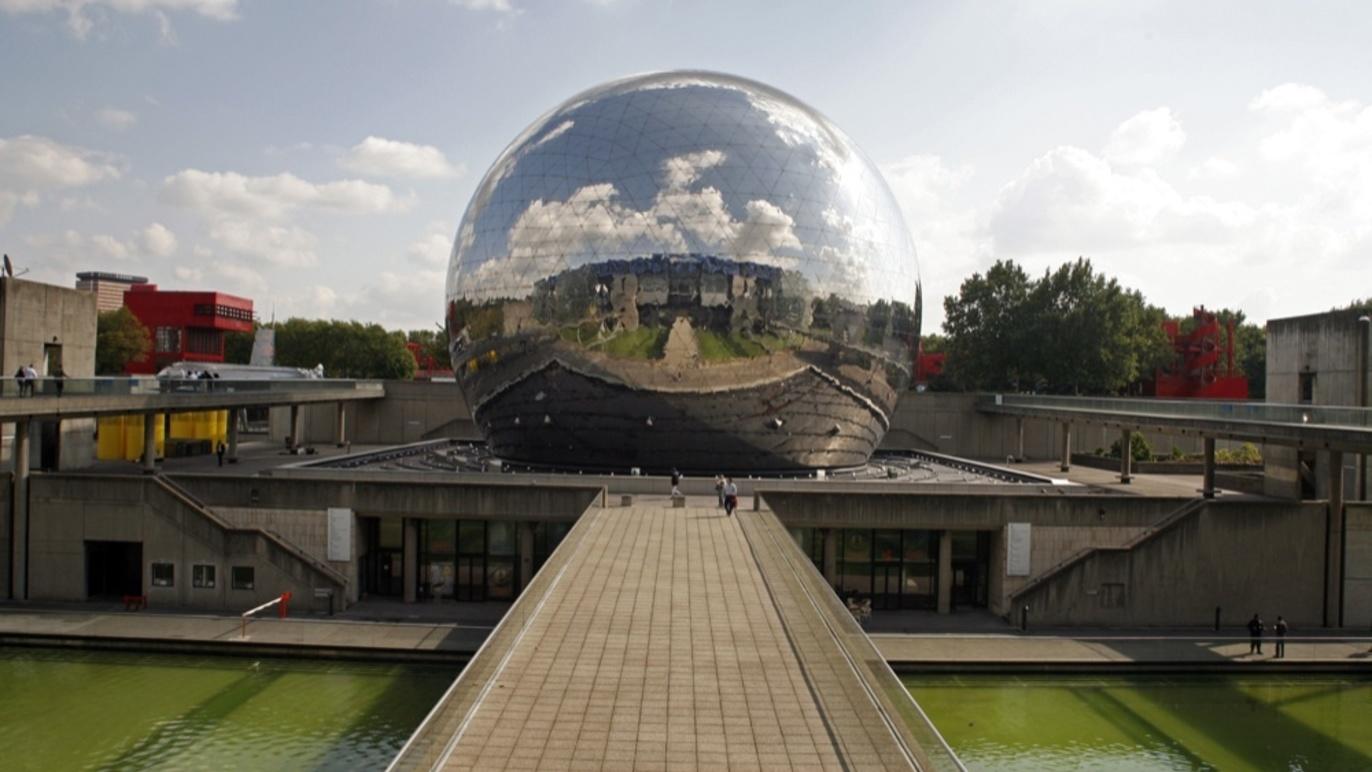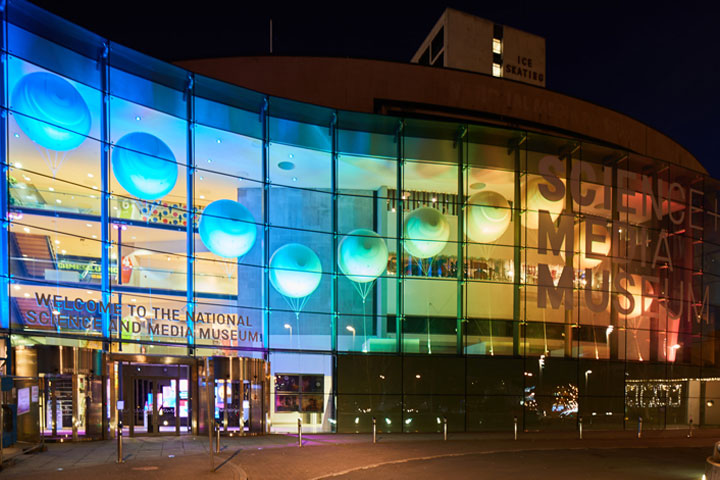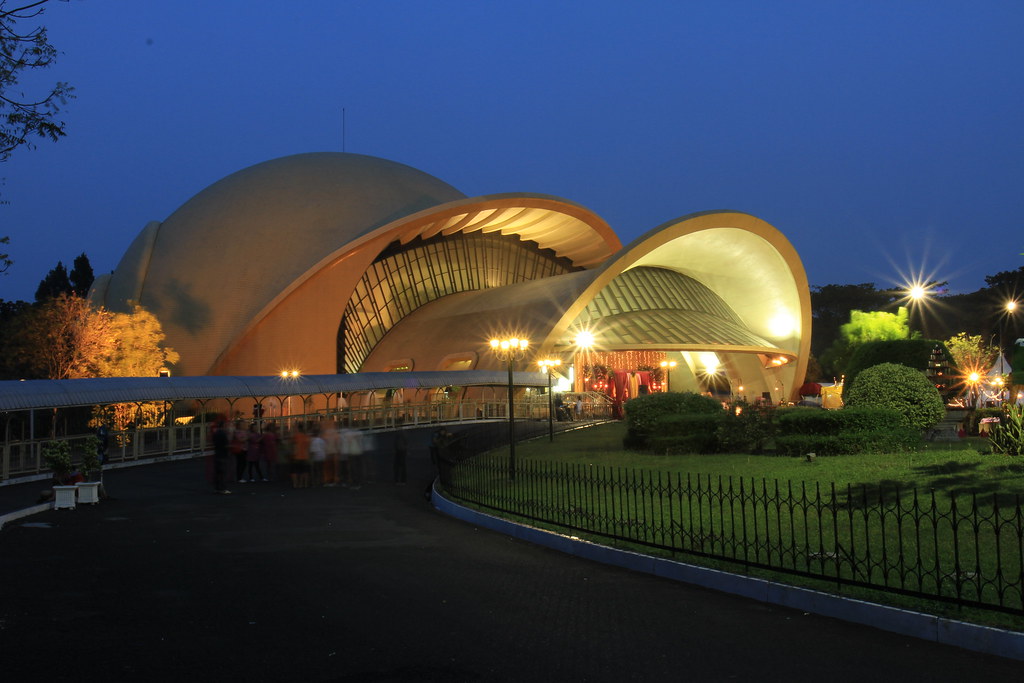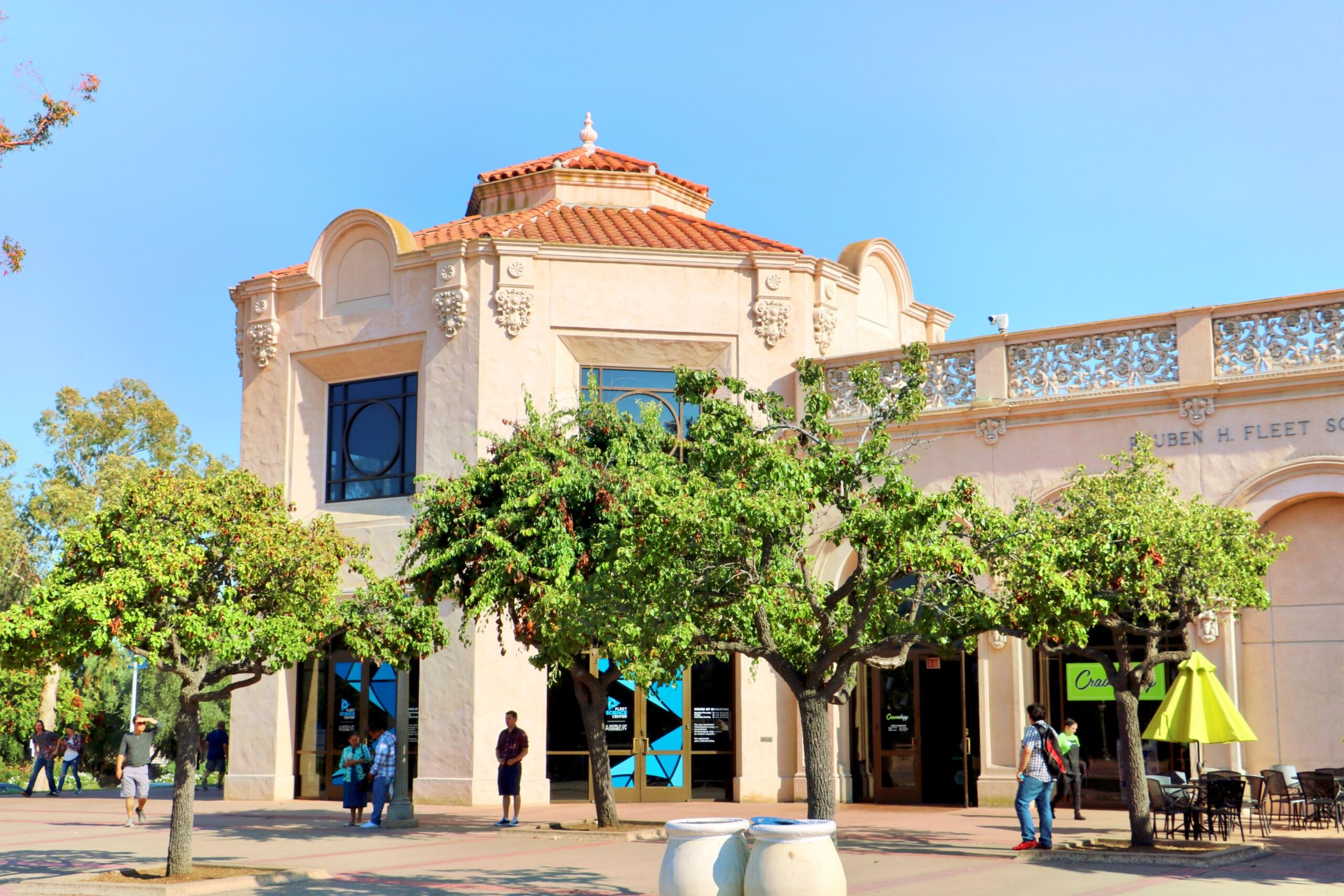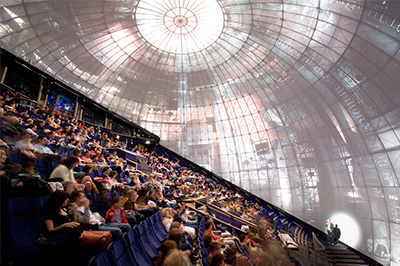“Locating Transnational Collaborations in the Early History of Imax Films and Architectures (1970-1990)” is a SSHRC-funded hybrid research creation project that combines creative and scholarly methodologies to engage with the first two decades (1970-1990) of IMAX’s history.
IMAX is a motion picture film format and exhibition standard that was conceived at Montreal’s Expo 67 by Graeme Ferguson and Roman Kroitor who, that same year, established the Multiscreen Corporation, which later became the IMAX Corporation with Robert Kerr and William C. Shaw. As a 70mm format whose screen size is equivalent to an eight-storey building, IMAX has the capacity to record and display images of far greater size and resolution than other conventional film systems. These artists combined experimental filmmaking, engineering and industry acumen to create an expanded screen that became popular around the world — its international theatrical network currently counts 1500 theatres in 80 countries. Yet surprisingly there is no historical study of its inception and its expansion as a popular culture and global cinema technology. Our study will seek to fill this absence in film history by focusing on the first two decades (1970-1990) of IMAX’s history when the screens were installed in different cities around the world.
The project does not propose an exhaustive history of IMAX technology nor a comprehensive global survey. Rather, we aim, through focused case studies and comparative analysis, as well as through creative public engagements with our archival materials, to gain a deeper understanding of the transnational collaborations that served to integrate IMAX into different national film cultures. Cinemas constructed in this early period are especially significant because not only is IMAX a proprietary system, but it was vertically integrated, with production, distribution, and exhibition controlled by the IMAX corporation. The project examines seven IMAX cinemas around the world that have been selected for their historical, technological, and architectural significance, as well as their prominent roles in film production and in locating IMAX in their respective nationalist discourses. We focus on cinemas in Osaka, Japan (1970, 1990), Toronto, Canada (1971), San Diego, USA (1973), Tijuana, Mexico (1982), Bradford, UK (1983), Jakarta, Indonesia (1984), and Paris, France (1985).
Our objectives are to develop a historical study of IMAX’s formative decades through case studies on these cinemas and their place in both regional and international film culture, while laying the groundwork for sustained examination of how these facilities participate in the current global network of IMAX Theatres, with their strong presence in Asia, North America and Western Europe. Our research creation methodology is hybrid, combining traditional archival research, and oral history interviews with creative treatments of research materials in the work produced by our artist in residence, Oliver Husain.
